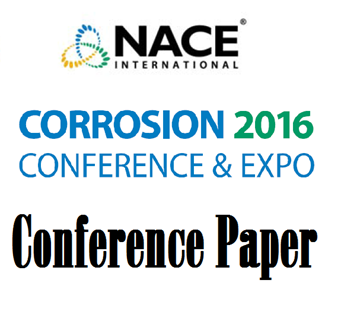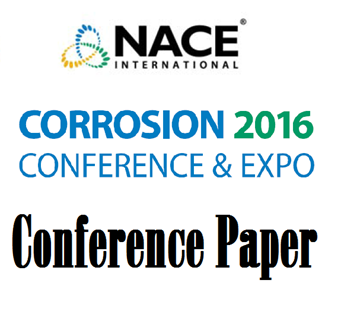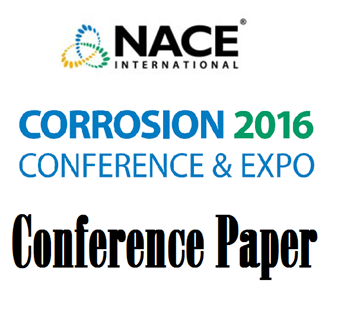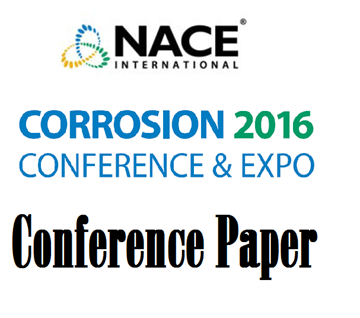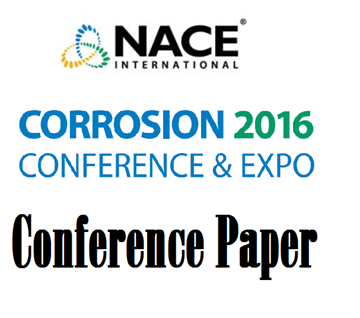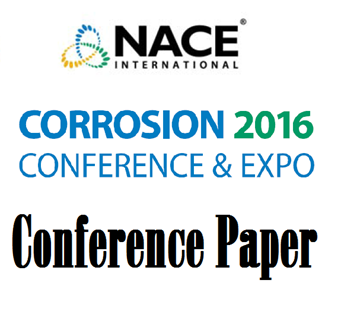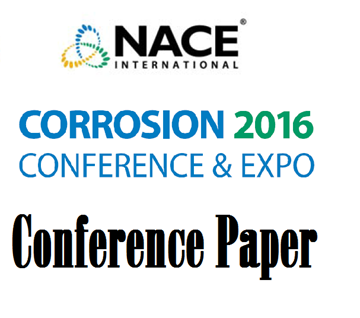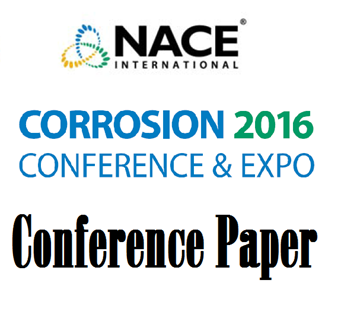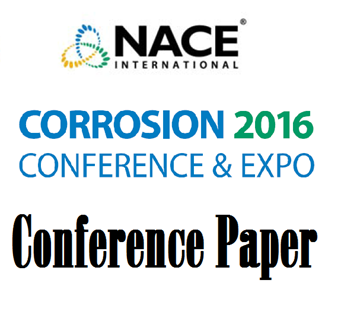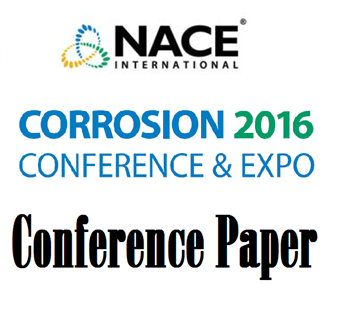Search
Products tagged with '2016 Conference Papers'
View as
Sort by
Display
per page
51316-7170-Effect of Temperature on the Crevice Corrosion Resistance of Austenitic Stainless Steels
Product Number:
51316-7170-SG
ISBN:
7170 2016 CP
Publication Date:
2016
$20.00
51316-7173-Development of Carbon Steel for Pipe Resistant to Stress Corrosion Cracking in Fuel Grade Ethanol
Product Number:
51316-7173-SG
ISBN:
7173 2016 CP
Publication Date:
2016
$20.00
51316-7174-Utilizing Nickel Alloy metal coating as an alternative to PWHT
Product Number:
51316-7174-SG
ISBN:
7174 2016 CP
Publication Date:
2016
$20.00
51316-7175-Cathodic Protection of Concrete Caissons and Deck of a Ship Repair Yard
Product Number:
51316-7175-SG
ISBN:
7175 2016 CP
Publication Date:
2016
$20.00
51316-7181-Remote Measurement of Stress in Carbon Steel Piplines - Developments in Remote Magnetic Monitoring
Product Number:
51316-7181-SG
ISBN:
7181 2016 CP
Publication Date:
2016
$20.00
51316-7182-Bovine Serum Albumin Adsorption on AISI 316L And Ti Alloys in Phosphate Buffered Saline Solutions
Product Number:
51316-7182-SG
ISBN:
7182 2016 CP
Publication Date:
2016
$20.00
51316-7183-Sour Service Fatigue and Fracture Behavior of High Strength Steels
Product Number:
51316-7183-SG
ISBN:
7183 2016 CP
Publication Date:
2016
$20.00
51316-7184-Corrosivity of Produced and Make-up Water in Oil Sands Thermal Water Treatment Systems
Product Number:
51316-7184-SG
ISBN:
7184 2016 CP
Publication Date:
2016
$20.00
51316-7186-Corrosion Control Of On-Grade Petroleum Products Storage Tank Bottoms Using Impressed Current Cathodic Protection System with Continuous Anode Bed
Product Number:
51316-7186-SG
ISBN:
7186 2016 CP
Publication Date:
2016
$20.00
51316-7187-Amine Corrosion in Gas Sweetening Plant: Causes and Minimization on Real Case Study
Product Number:
51316-7187-SG
ISBN:
7187 2016 CP
Publication Date:
2016
$20.00
51316-7188-Failure Analysis and Investigation Methods of Boiler Tubes Corrosion/Case Study
Product Number:
51316-7188-SG
ISBN:
7188 2016 CP
Publication Date:
2016
$20.00
51316-7191-Application of Low Cr Steels in the Presence of Corrosion Inhibitors
Product Number:
51316-7191-SG
ISBN:
7191 2016 CP
Publication Date:
2016
$20.00

